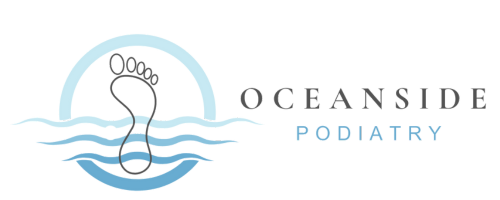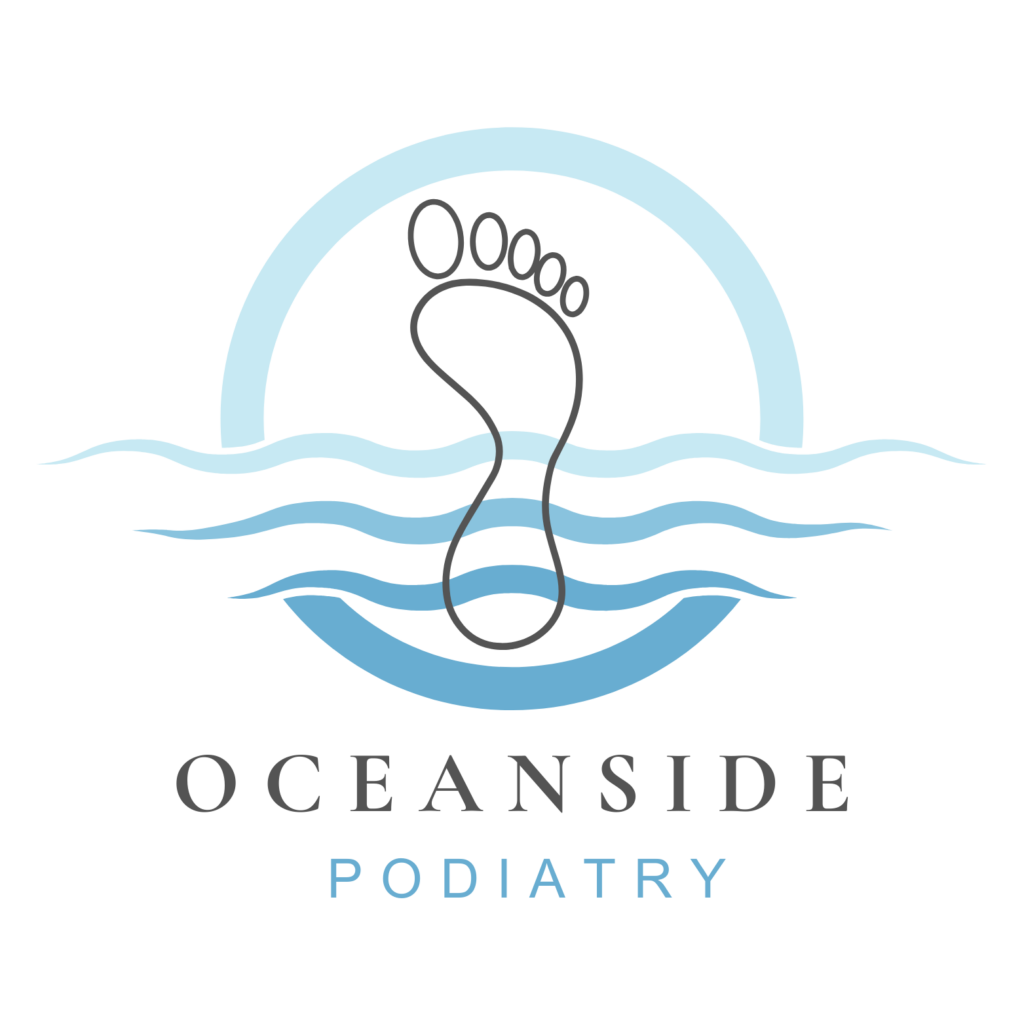Neurovascular assessments – what are they?
A neurovascular assessment conducted by a podiatrist is a crucial part of evaluating foot health, particularly in patients with diabetes, peripheral vascular disease, or other conditions that may impair nerve and blood supply to the lower limbs. This comprehensive assessment focuses on both neurological and vascular components to identify early signs of neuropathy or ischemia.
Neurological assessment
Neurologically, one of the primary tools used is the 10g monofilament, which assesses protective sensation. The podiatrist gently applies the monofilament to specific sites on the plantar surface of the foot—commonly under the great toe, the 1st, 3rd, and 5th metatarsal heads. If the patient cannot feel the monofilament in these areas, it may indicate a loss of protective sensation and an increased risk of ulceration.
Vibration detection is another key element and is typically tested using a 128 Hz tuning fork applied to bony prominences like the tip of the hallux or the medial malleolus. A reduced ability to perceive vibration can suggest sensory neuropathy.
Vascular assessment
From the vascular side, toe pressure measurements provide insight into perfusion at the digital level. This is especially important when ankle pressures are unreliable due to arterial calcification. Toe pressures below 30 mmHg are often associated with poor wound healing potential.
Pedal pulses, including the dorsalis pedis and posterior tibial arteries, are palpated and/or assessed using a Doppler ultrasound. The Doppler helps identify the presence, strength, and quality of blood flow when pulses are not easily palpable. A monophasic waveform may indicate arterial insufficiency, while a biphasic or triphasic waveform generally suggests normal arterial flow.
Together, these assessments provide a detailed picture of neurovascular health, allowing podiatrists to identify risks early and implement preventative or therapeutic strategies to avoid complications such as ulcers, infections, or amputations.

